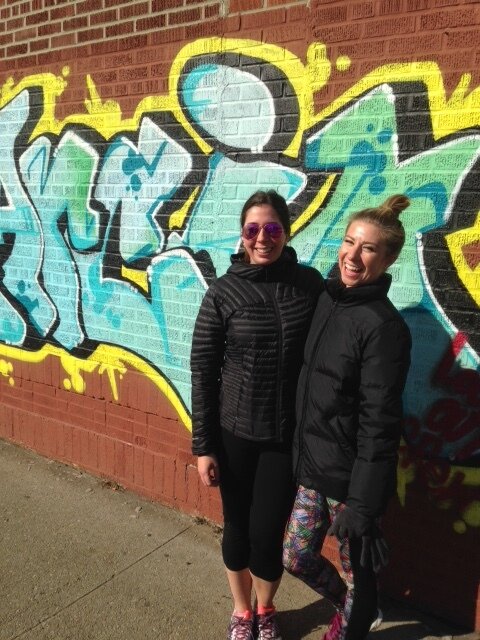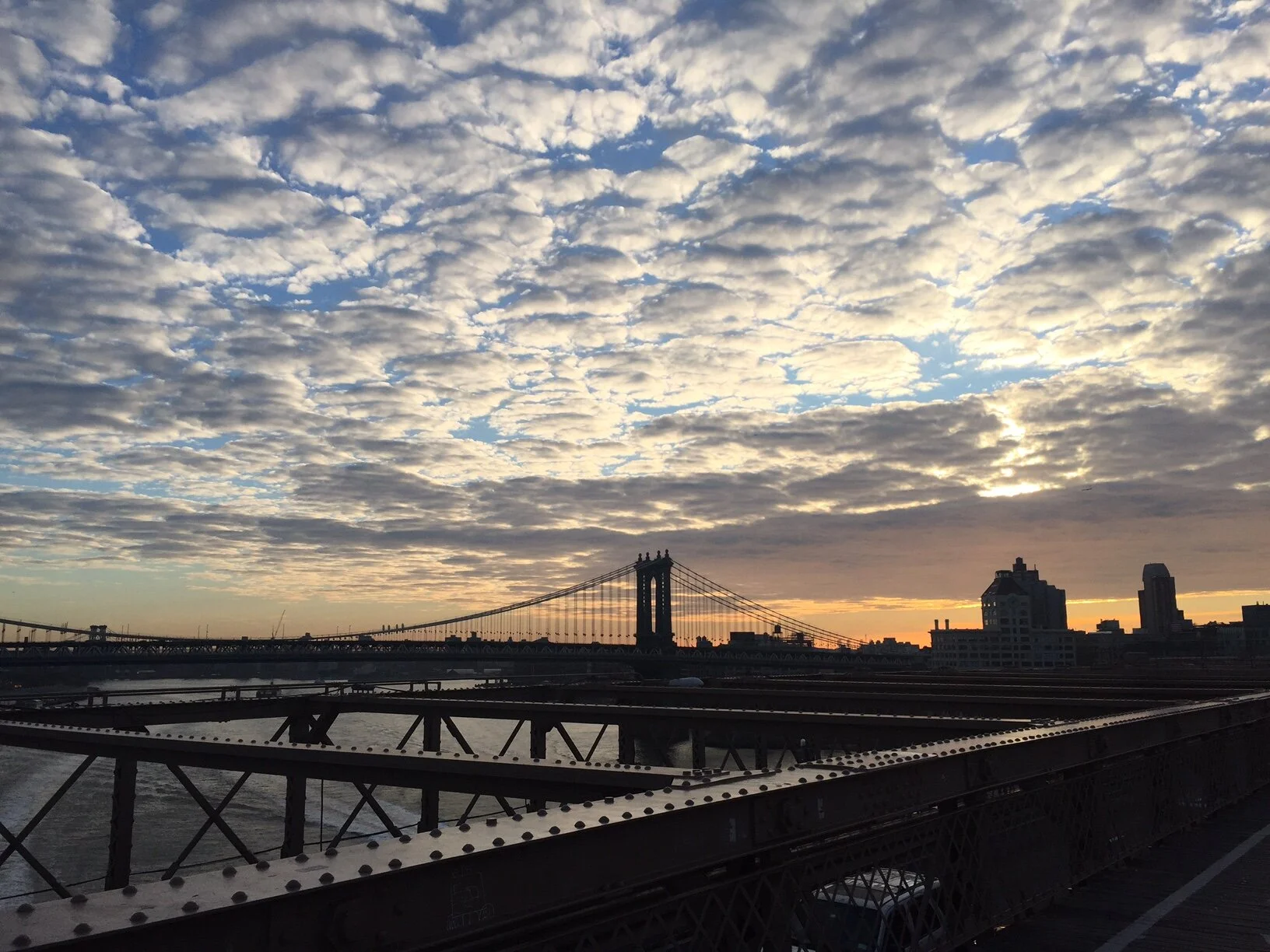As we transition from January to February, we find ourselves in that pesky phase of winter that just feels long and cold. There’s not much to look forward to—the holidays have passed, and the sunny days of spring are still several weeks away. Motivation lacks, and the temptation to stay in our cozy beds every morning is at an all-time high.
Every athlete knows success is built in the off-season. How can we keep up with our goals and fitness levels in the summer, if we stop putting in those crucial winter miles? Winter running is challenging—it’s cold, icy, and it’s maddeningly hard to figure out what to wear. Luckily, we’ve compiled a list of our best winter running tips to help you stay on top of your game in the coming weeks.
Warmup at home
Winter running is extra hard on the body because the cold temperatures don’t allow our muscles to warm up and lubricate as easily. Therefore, it’s extremely common to face injuries and extra soreness while running in the winter months. An easy way to combat this is to do a thorough warmup inside. Take extra care to foam roll, stretch, and complete dynamic exercises before you go outside. The chilly temperatures won’t negatively affect a warmed-up body nearly as much as a cold one.
Protect your head and core
When it comes to keeping the body temperature regulated, it’s especially important to protect the head and the core. According to Harvard Health, when the body temperature drops below average, blood vessels constrict in order to preserve heat. But, because the brain needs an ample supply of blood to dictate functions to all other parts of the body, blood vessels in the head do not constrict nearly as much as in the rest of the body. So, the head loses heat very quickly. Wearing a hat is an easy way to prevent heat loss in the head.
The core is another very important element of the body. It is what holds us up, keeps us balanced, and it is home to many of our vital organs. According to Summit Post, a mountaineering website, “When your core gets cold, your body’s natural defense is to stop sending blood to the extremities, and, instead, keep it for the vital organs and the brain. Therefore, the best solution for cold hands and feet is often to heat up your core.”
Look at the “Feels Like” feature on the weather app
Depending on the humidity levels and wind chill, the temperature it feels like outside may be very different than what it actually is. In order to best prepare for your run, you’ll want to check the “feels like” feature on your weather app. This will give you a better indication of what you should wear.
Hydrate
This one sounds obvious, but have you ever noticed that you don’t get as thirsty after a run in the winter as in the summer? We tend to sweat less in cold temperatures than in hot ones, but, just because we’re not ending our runs looking as though we just jumped into a swimming pool, we’re still losing moisture, and need to re-hydrate properly. Don’t wait until you feel thirsty—this means you’re already dehydrated. Instead, drink water before and after your run, and consistently throughout the day. You can add low-calorie, low-sugar electrolyte supplements, like NUUN, into your water for an extra hydration boost. The average adult should aim to drink their body weight in ounces of water every day (ex. An adult who weighs 150 lbs should drink 150 ounces of water).
Know when to say NO
Winter running can be fun and beneficial, but it can also be unsafe. Extreme conditions like blizzards, high winds, and negative temperatures are dangerous. Know when to skip the run. There are many great ways to cross train indoors, like jump roping or strength training. Even better, hop on a treadmill! Risking your safety is never worth getting a run in, no matter how serious you are about your training.
Find a running buddy
We know running with others may be more difficult in COVID times but running can be done safely and socially distanced. Find a friend you feel comfortable with, wear a mask, and go for a winter run together. Having a companion can help boost motivation and make those extra cold miles go by faster.
Have fun
At City Running Tours, we know that running isn’t always easy. It can be challenging, and, especially in the winter, the motivation to run might not come easily. But, above all, running should be fun. It should be a way to connect with ourselves and others, and to become stronger mentally and physically. Winter running poses its own set of obstacles, but, when done in a smart and safe manner, it is immensely rewarding.


















